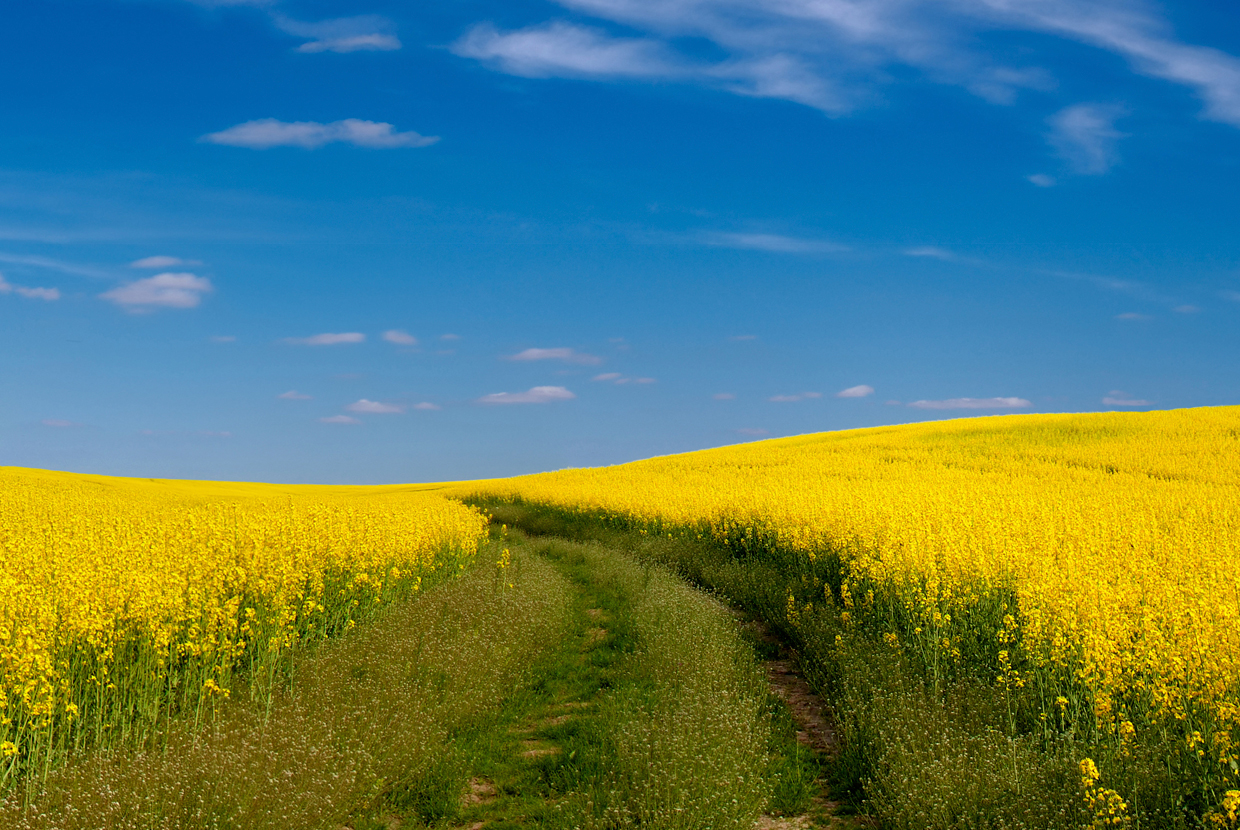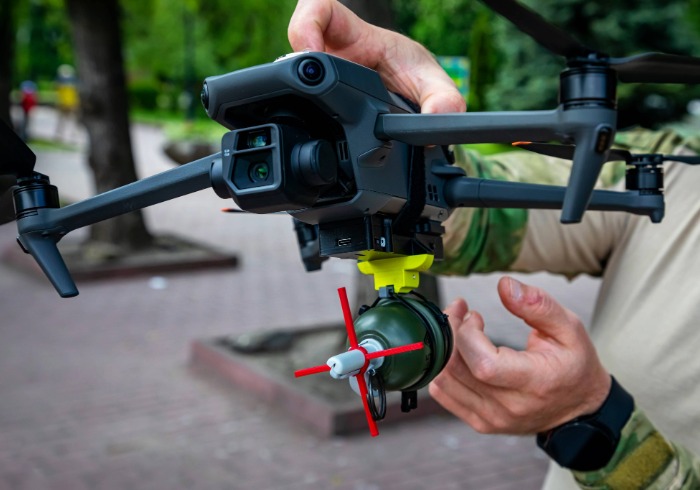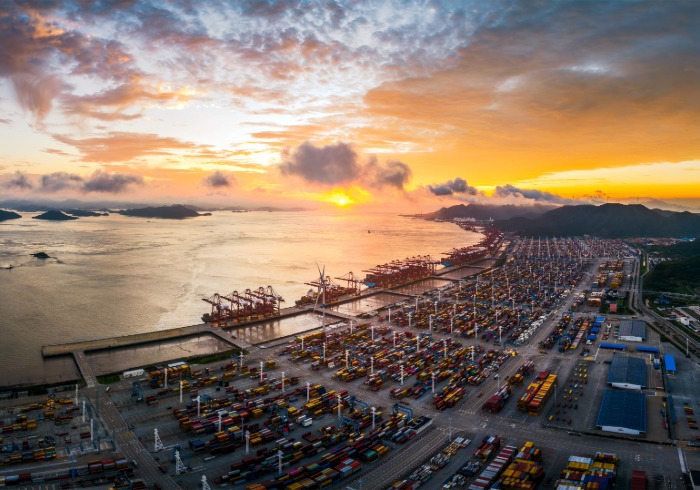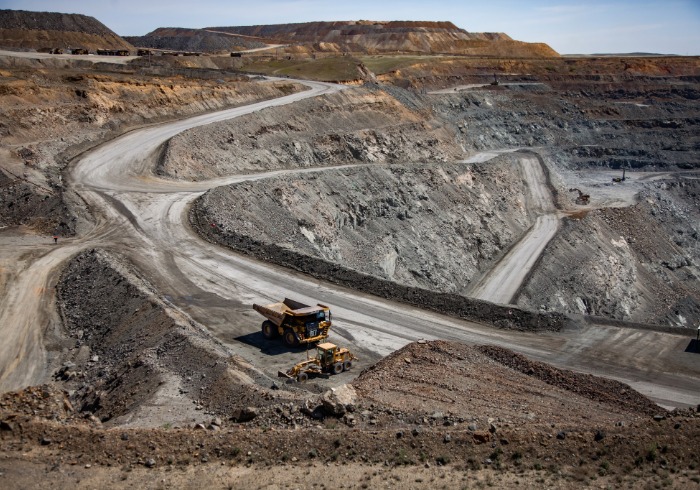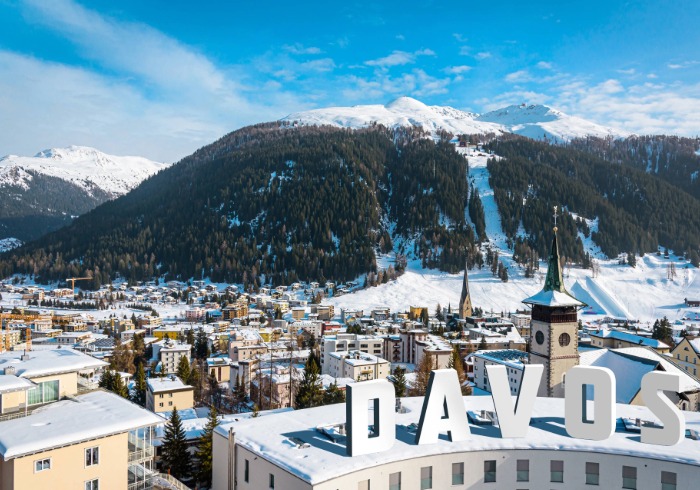In the face of a significant range of issues, Ukraine’s grain exporters have carried merrily on. Today, the government seeks to boost its harvest by an additional two-thirds and open new export markets, but with a rumbling conflict with Russia as well as infrastructure and financing barriers, it remains to be seen if the country can reach its full potential. Eleanor Wragg reports.
Come hell or high water, nothing gets in the way of Ukraine’s grain producers. Even when the country’s economy was brought to its knees in 2014 following the Euromaidan revolution, the annexation of Crimea by Russia and the war in Donbass, its grain exports still rose 7.7% over the previous year – adding to gains of 42% in 2013.
Ukrainians like to say that their land is so fertile that you could plant a stick in the soil and it would grow into a tree. With 41.5 million hectares of agricultural land covering almost three-quarters of the country, and almost a third of the globe’s chernozem – a fertile, dark soil that yields some of the world’s most bountiful harvests – officials say that the country is capable of feeding anything up to 800 million people, or 20 times its own population.
“With its fertile land and favourable geography, Ukraine has the potential to become a global agribusiness leader and to play a vital role in global food security,” says Jason Pellmar, regional manager for Belarus, Moldova and Ukraine at the IFC.
Today, the country is ranked fifth among the world’s biggest grain exporters, behind Russia, the US, the EU and Canada. 2018 was a bumper year, with the harvest reaching over 68 million tonnes by the end of November, a record high, and exports for the 2018/19 July-June season are forecast to reach 47 million tonnes, the largest total ever.
And there is still more room for growth. As a result of outdated equipment and poor farm management, yields are comparatively low in the country. The average Ukrainian hectare of wheat produces just four tonnes, half of France’s eight tonnes per hectare, and a quarter of the UK’s 16 tonnes per hectare.
Following years of political and economic tensions, the Ukrainian economy recently posted its 11th consecutive quarter of growth, and the government is now into the fourth year of its reform programme. With greater political stability, a stronger economy and a steadier hryvnia all allowing Ukrainian farmers to resume badly-needed capital investment, the government now intends to boost the country’s yearly grain harvest to around 100 million tonnes a year.
This may well be possible. In its fiscal Q1 earnings presentation in November, Kernel, Ukraine’s largest grain and oilseed producer, hiked its 2018/19 grain exports forecast by about 15% to a record 6.2 million tonnes, and others in the country are similarly optimistic.
Although Ukraine’s grain exporters were little impacted by the loss of the Russian market after Moscow closed its borders to Ukrainian goods in 2013, it was a move that was felt by the broader agribusiness sector. But with the help of the newly-minted export promotion office, opened amid much fanfare in early 2017, exporters of everything from apples to walnuts, cherries and snails have managed to almost completely redirect foreign trade from Russia to Asia, the Middle East, Africa and the EU, the latter of which now imports over 30% of all Ukrainian food products.
Speaking to local press last year, Nataliya Mykolska, the country’s deputy economy minister, said that since the recently-signed deep and comprehensive free trade area agreement (DCFTA) between the EU and Ukraine came into force in September 2017, the number of Ukrainian companies exporting to the bloc has doubled. By the first quarter of this year, the share of Ukrainian exports going to EU countries reached 39%, versus just 7.4% for those going to Russia – a marked reversal from 2013, when 34% of the country’s exports went to its eastern neighbour.
Infrastructure barriers
Today, Ukraine wants to build on its low cost of labour to become a competitive, integral part of the European continental supply chain, building up new production centres to replace capacity it lost in the east and setting up value-adding activities to convert its raw commodities. But the country is in dire need of infrastructure investment and supply chain modernisation – from grain silos to harvesting capacity – or it won’t be able to keep up with additional sales, let alone move further up the value chain.
But attracting that investment is proving difficult. Although the country has moved up five places in the World Bank’s most recent Doing business report, it still has a long way to go. Speaking to the Ukrainian Business Journal, one American investor said: “The Ukraine ag sector has, with only a couple of exceptions, been a case study in corporate governance minefields for foreign investors.”
The IFC has invested over US$1bn to date in support of projects across the Ukrainian agricultural value chain, from primary production to processing, logistics and retail, but it is yet to be joined by commercial lenders. “Investors are looking for political stability and security, a fair and predictable legal and regulatory environment, and market size,” says Pellmar. “The country needs to improve its investment climate. More decisive reforms are needed to reduce corruption, improve transparency in the public and private sectors, and protect property rights. Without this, private sector growth will remain stunted, preventing Ukraine from achieving its potential. The government also needs to kickstart privatisation and continue to improve its non-performing loan resolution framework.”
Jitters around the political and commercial payment risk of Ukraine’s international trade transactions make it very difficult for mainstream financiers to support flows. “Ukraine has, over the last 10 years, probably been the worst country of risk the market has had. The total claims figure paid by the single risk market has been about US$2.5bn, and of that total, Ukraine has been responsible for over US$1bn, accounting for 40%,” says David Maule, credit and political risks specialist at Miller.
“That rather sets the scene for insurers’ attitude towards any Ukrainian risk, which is not particularly favourable. Having said that, there has been some recovery, but not huge amounts. My estimate would be that maybe 40% has come back.”
He adds that he has seen “almost zero” coverage requests for Ukraine risks in recent months. “Having said that, I don’t think Ukraine is completely off-cover. Selectively, it should be possible to find some insurance from some Lloyd’s syndicates for risks in the commodities field, say political risk cover on a stock of wheat in a warehouse in western Ukraine. You might even get some short-term non-delivery cover for a purchase of wheat on a pre-financed basis.”
Another issue lies in Ukraine’s rail network. Since a government decree in 2015 banned trucks with more than 40 tonnes of freight from travelling on highways in an attempt to eke out a bit more life from the country’s crumbling roads, the state-run railway hauls about two-thirds of the country’s grain exports. Dating from the Soviet era, its creaking locomotives clank along tracks between farmers’ fields to the country’s Black Sea ports. There are often wagon shortages and delays as the network simply cannot keep up with demand, and an unpopular decision by Ukrzaliznytsia, the state-owned rail company, to unify tariffs for the transportation of various types of cargo has pushed up prices to the extent that it is now cheaper to transport grain by rail in the EU than it is in Ukraine.
Hopes are high that this will soon change. Last year, Ukrzaliznytsia signed a US$1bn deal with GE to lease 30 new locomotives and modernise the existing locomotives in its fleet. The deal also includes additional new GE units over the next decade and a long-term service contract to help maintain them. Tammy Gromacki, who led GE’s negotiations team in Kyiv, says: “Farmers realise a premium price on early delivery of grain to the port and that’s important for the country’s largest export sector.”
Whose land is it anyway?
Another hurdle in the way of Ukraine’s objective to become a global agri-power is its peculiar land situation. For 16 years, a moratorium on the sale of private land in the country – designed to avoid a repeat of post-USSR property grabs – has meant that land users have little incentive to invest in land management, and as they do not own it, they cannot use the land as collateral in any financing.
According to the World Bank, meaningful land reform that provides incentives for long-term investment could boost annual agricultural output by US$15bn. “This is the most powerful measure the government can take to boost economic growth and to create jobs in rural areas,” says the IFC’s Pellmar.
The IMF, which in 2015 approved a US$17.5bn bailout programme for Kyiv in exchange for a package of reforms, has said that land reform remains “an important condition under the programme”, but with Ukrainian lawmakers arguing for an extension of the land sale moratorium to 2024, there seems little hope of progress.
Chinese money
2019 marks the start of the ‘Year of China’ for Ukraine, as it makes good on its plans to act as a node for China’s Belt and Road Initiative, while China eyes the country as an ideal source of secure food supplies for its massive population. Ukraine might even launch free trade talks with China, according to economy minister Stepan Kubiv, who recently held talks with Chinese vice-premier Liu He in Beijing.
Chinese infrastructure development is already underway across the country. In 2018, China Harbor Engineering Company completed dredging on Yuzhny seaport’s access channel to allow it to accept New Panamax ships. It is being carried out as part of a US$150mn, Cargill-led project to build a 5 million tonne grain terminal at the seaport that will provide transshipment of 10% of grain produced in Ukraine, boosting the country’s grain export capacity by 15%.
The Chinese company has now started dredging on another port, in Chornomorsk, which Ukraine hopes will form part of a non-Russian branch of China’s east-west initiative.
Far from frozen conflict
Arguably the biggest barrier to growth for Ukraine’s commodities sector is its rift with its neighbour. A November 2018 attack by Russia on Ukrainian ships as they were trying to enter the Sea of Asov opened up a new maritime front in the ongoing confrontation, and marks the first time since aggressions began in 2014 that Russia has officially admitted to a military attack on the country.
“The tensions in the Sea of Azov had been building up since spring last year, and the clash is far from a stand-alone incident. The opening of the Kerch Bridge has given Russia full control over the Kerch strait. It used it to implement long checks on both Ukrainian and European cargo ships entering and exiting the strait, often lasting for as long as a week and sharply reducing the flow of cargo from eastern Ukraine,” writes Evghenia Sleptsova, senior EM economist at Oxford Economics, in a note.
However, she points out that Ukraine’s exports through the Sea of Azov ports of Mariupol and Berdyansk had already more than halved since 2013, falling from 10% of overall export volume to less than 5% as of 2017, and that industrial metals are much more affected than grains, since grains can be redirected by rail to Black Sea ports.
In a statement made in early December, Ukraine’s agriculture ministry said: “Passage of vessels with agricultural products through ports in the Azov Sea has now been unlocked. The loading of grain to vessels through the ports of Mariupol and Berdyansk is restored and carried out in regular mode.” However, one industry observer says that clients have stopped considering the possibility of signing contracts for delivery, since buyers are refusing to bet on passage.
Even for those willing to conclude contracts, recent developments mean that this may not be a possibility. In the wake of the standoff, Ukraine imposed martial law on 10 of its eastern regions. Speaking to Ukraine’s Pryamiy TV channel, Volodymyr Husak, a lawmaker from Ukraine’s opposition bloc party, said that this represents a huge threat to the country’s exporters, because regulations and protocols usually forbid the purchase and sale of goods from countries under martial law.
For its part, the government has said that the imposition of martial law will not affect trade, but legal firm Baker McKenzie is counselling its clients in Ukraine to review agreements to ascertain whether restrictive measures may trigger default, force-majeure, suspension or termination provisions in contracts.
During Tsarist times, the area occupied by what is now modern Ukraine provided food for vast swathes of the Russian Empire. Later, Soviet ruler Joseph Stalin wanted the country to be the breadbasket of the Soviet Union. Today, as the largest emerging market left in Europe, Ukraine has high hopes of capitalising on its agricultural resources to boost its grain and foodstuffs exports. But without commercial financing and investment, the country has a long way to go before it can achieve its dream. And Ukraine’s current situation, a maelstrom of tensions, risk and uncertainty, does not augur well for the near future, leaving the tipping point at which banks and insurers will feel comfortable enough to support its commodity flows a mere dot on the horizon.

